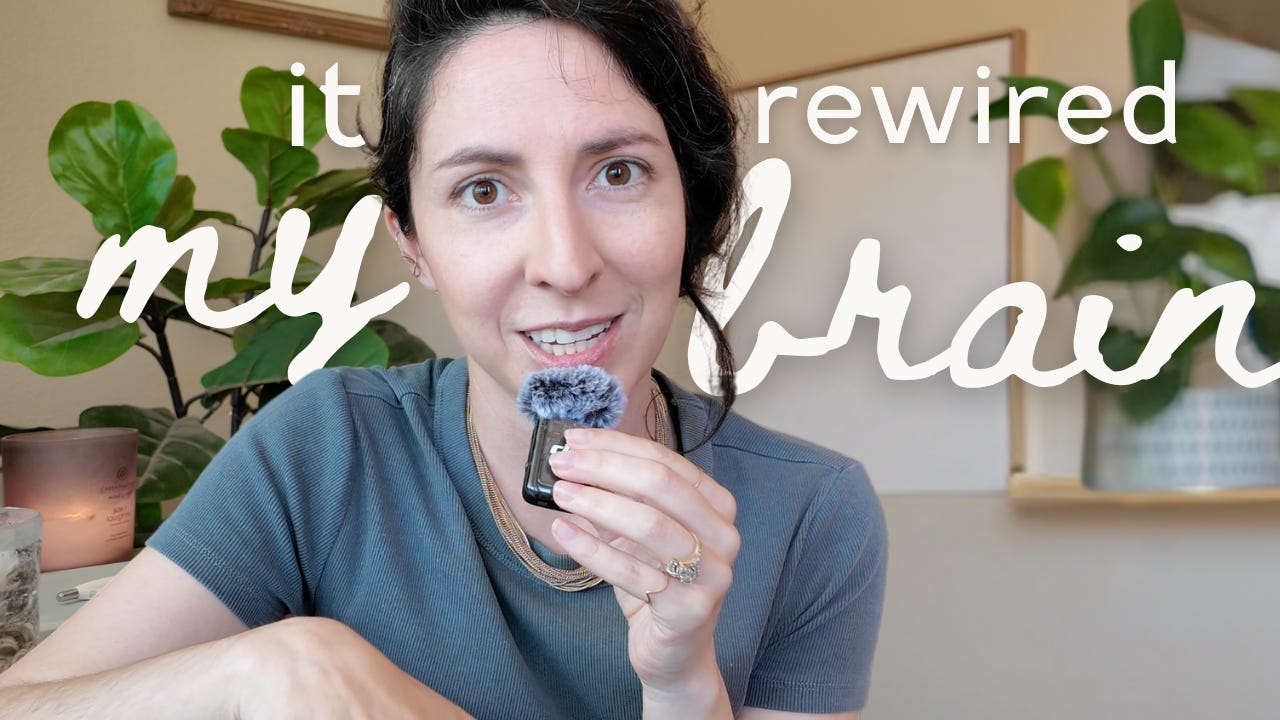the math that changed how I think about homeownership
Why I'm prioritizing Early Coast FI over homeownership
This year, I decided to stop saving for a down payment until I build a $762k stock market portfolio.
I'm on track to reach financial independence in my 40s, but I also want to buy a house. Finding the balance between saving for both of these financial goals on a modest income has been challenging.
However, after I calculated Early Coast FI, it completely changed how I think about homeownership and made goal setting so much simpler.
If you've been following my journey, you know I've been trying to buy a home since 2020. After several failed attempts and years of on-and-off saving, I had accumulated about $21k in iBonds by August of 2024. This money was specifically earmarked for a future down payment—I wasn't actively saving elsewhere since September 2022, and this was the third time I had built up a downpayment fund. The two other times resulted in me investing all of my funds in into the stock market.
But when those bonds matured, I had a choice to make. I took out my funds in two installments: $10,852 in January from my original $10k investment, and $10,656 in August from the second $10k I'd put in.
Instead of keeping that money for a house, I invested every penny of it back into the stock market….again :)
This time the reason was a little different because my mindset had shifted. At 28, I was looking at condos where I'd rent out two of the three bedrooms just to make the mortgage work. It was more scarcity-based, with this need to optimize everything financially.
Now I see a home completely differently. I want land for our dogs to run and kids to play. I don't need a lot of bedrooms—actually, the smaller the better because I don't want to spend time maintaining things. But, I have real aesthetic needs, and the architecture needs to be A+.
The difference isn't just what kind of house I want. It's how I want to buy it—from abundance, not because I'm trying to make the numbers work.
In this week's video, I break down the complete math behind this decision and show you exactly how to calculate your own Early Coast FI number. You'll see the specific calculations that made this feel like the most peaceful choice I could make.
The math that transformed my thinking centers around something called Early Coast FI. Most people know about regular Coast FI—having enough invested to grow to your retirement number by age 65. Early Coast FI means having enough invested to reach your FI number by your target early retirement age.
For me, wanting to reach FI by 43 with $1.5 million, my Early Coast FI number is around $762,000 invested.
Here's the calculation that opened my eyes: If I have $762,000 invested at age 35, and it grows at 7% annually, by age 43 it becomes approximately $1.5 million—my full FI number, reached without investing another penny for 10 years.
But here's where the homeownership decision became crystal clear to me this year: Every dollar I put toward a house down payment today is a dollar that can't help me reach that $762,000 milestone (and it’s only getting bigger every year).
Resource Corner
Start your path to FI with your current income w/out sacrificing a happy life 🌞
Are you overpaying on your auto insurance? I have a better idea. Get a better quote and use the savings to put towards your current financial goals instead.
Do you have a one time investing question you want to run through a certified professional that legally has your best interest in mind? Or do you need help developing a strategic plan? How Nectarine can help: retirement planning, portfolio review, estate planning, 401k rollovers, tax planning, Getting started with investing, Investing for kids, and more. Find an advisor today!
*I am not the creator or employee of this company, but I will be compensated by them if you use my affiliate link. As with all affiliate partnerships, I am incentivized to share these links which is a conflict of interest.
Talk soon,
P.S.
Your dreams are not on the other side of passive consumption. Your dreams are on the other side of taking one new step in the right direction, so I invite you to participate in this week’s challenge so you can take a tiny step in the right direction.
Even a degree of a difference can transform your destination.
These weekly challenges are that degree.
It could be one weekly challenge that makes all of the difference
or it can be a collection of challenges that makes the difference.
These weekly challenges are available exclusively for paid subscribers. If you’re curious, you can join the tribe when you’re ready.
Weekly Challenge
Take 15 minutes to calculate your Early Coast FI number using the formula below. Then ask yourself: How might reaching this milestone change your approach to other financial goals (like homeownership)?
How to calculate your Early Coast FI number:
Keep reading with a 7-day free trial
Subscribe to Her FI Story to keep reading this post and get 7 days of free access to the full post archives.




